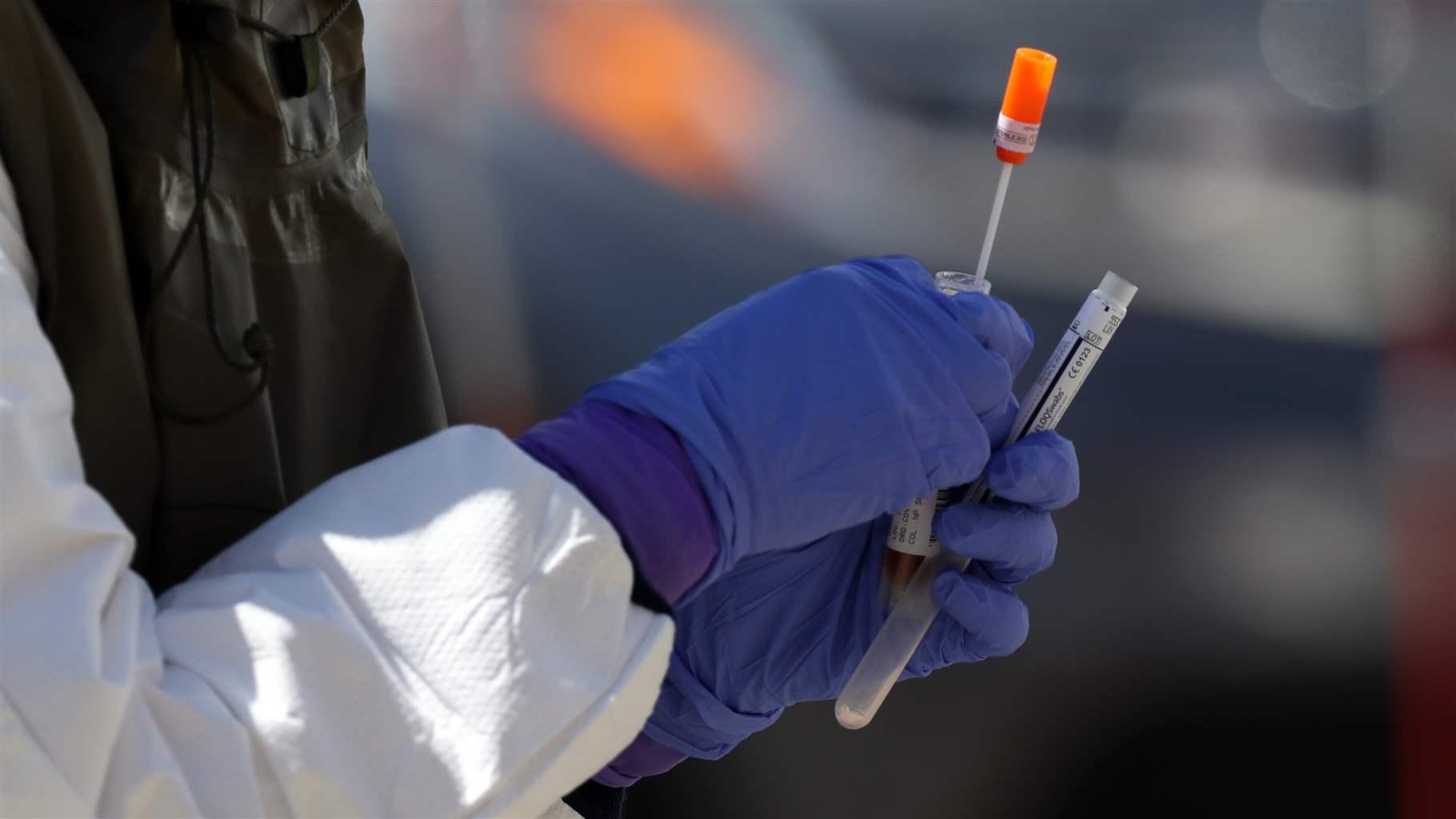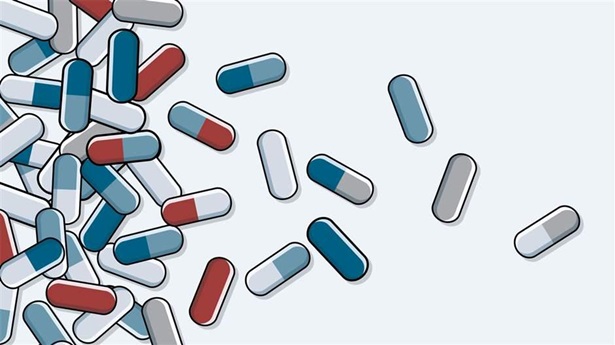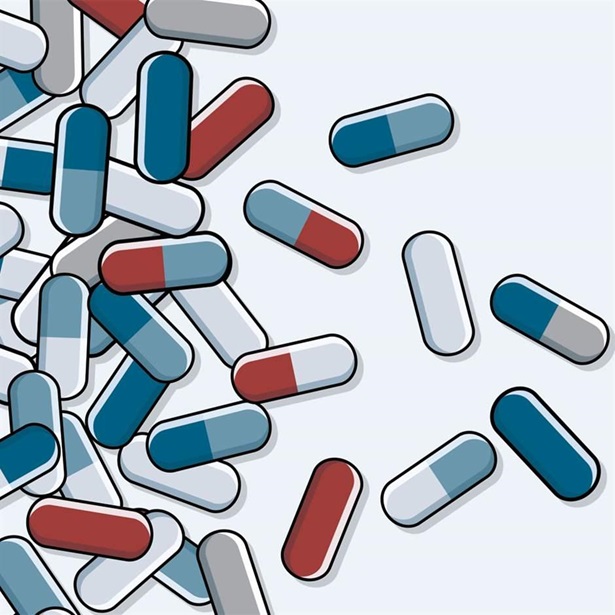Coronavirus Pandemic Highlights Need to Spur Antibiotic Innovation
Recent news stories explore COVID-19’s impact on availability of effective antibiotics, now and in the future

Several months in, the coronavirus pandemic continues to make clear the need for effective antibiotics and continued efforts to thwart antibiotic resistance.
Underscoring the invaluable role of antibiotics, the University of Washington’s Benjamin Kerr recently told Seattle’s public radio station, KUOW, that many COVID-19 patients will likely die from secondary bacterial infections rather than the virus. Data shows that this has been the case in previous viral outbreaks, such as the 1918 Spanish flu and the 2009 swine flu, Kerr explained.
At the same time, the increase in antibiotic use to help protect COVID-19 patients from these bacterial threats “amplifies the opportunity for resistant pathogens to emerge and spread,” according to Dawn Sievert, senior science adviser for antibiotic resistance for the Centers for Disease Control and Prevention, who was quoted in the British Medical Journal in May. This is because the more antibiotics are used, the less effective they become.
Together, the data and trends cited in these recent news stories highlight the pressing need to accelerate development of new antibiotics. Unfortunately, the pipeline is not on track to meet that need.
Only 1 in 4 antibiotics in clinical development today represent the truly new types of drugs needed to overcome resistance, according to Pew’s most recent assessment. And none of those novel candidates have the potential to work against Gram-negative bacteria, which cause some of the most dangerous and hard-to-treat superbug infections.
A key contributor to the grim state of the pipeline is that developing new antibiotics is no longer economically feasible. As the science has become increasingly difficult, the cost of searching for the new types of antibiotics so urgently needed almost always outweighs the return on investment. The result has been a mass exodus from the field—and bankruptcy for many of those that stayed, even after successfully bringing a new antibiotic to market.
Quoted in a recent Axios article, Kevin Outterson, executive director of CARB-X, a nonprofit partnership focused on accelerating development of innovative antibiotics, described the situation as “a catastrophe of epic proportions.”
Outterson then used a hypothetical scenario to highlight the disconnect between the urgent public health need to have new antibiotics in the pipeline that can defeat emerging superbugs and their low valuation in the marketplace today.
The Axios piece described his thinking: “If a company had made a COVID-19 vaccine in 2018, there would have been zero value at that time, Outterson pointed out. But, right now, ‘What would that be worth? It’s almost incalculable how much money that would be worth right now. It has trillions of dollars of value today.’”
In an article in Financial Times, Sally Davies, the former UK chief medical officer, drew similar parallels between the impact of the COVID-19 pandemic and the threat of antibiotic resistance—both global threats that must be fought with preparation and early action.
“People discount the future,” Davies said, pointing out the difficulty in getting policymakers to dedicate the time and resources needed to address the problems facing the antibiotic market so the world is not caught flat-footed when a new superbug emerges.
In the United States, Congress can help ensure that doesn’t happen. In a recent letter, Pew joined dozens of nonprofit organizations and antibiotic companies in urging lawmakers to enact a package of incentives that address the economic barriers hindering antibiotic development. At least 10 authoritative commissions and reports, including one published by the Government Accountability Office in April 2020, have recommended such incentives, saying they are essential to stimulate urgently needed antibiotic development.
The response to COVID-19 will no doubt continue to contribute to the emergence of antibiotic resistance. That’s why Congress needs to stabilize and reinvigorate the antibiotic pipeline so patients have access to medications that work. Being better prepared for future public health emergencies requires action now to fix the broken antibiotic market.
Kathy Talkington directs The Pew Charitable Trusts’ antibiotic resistance project.









